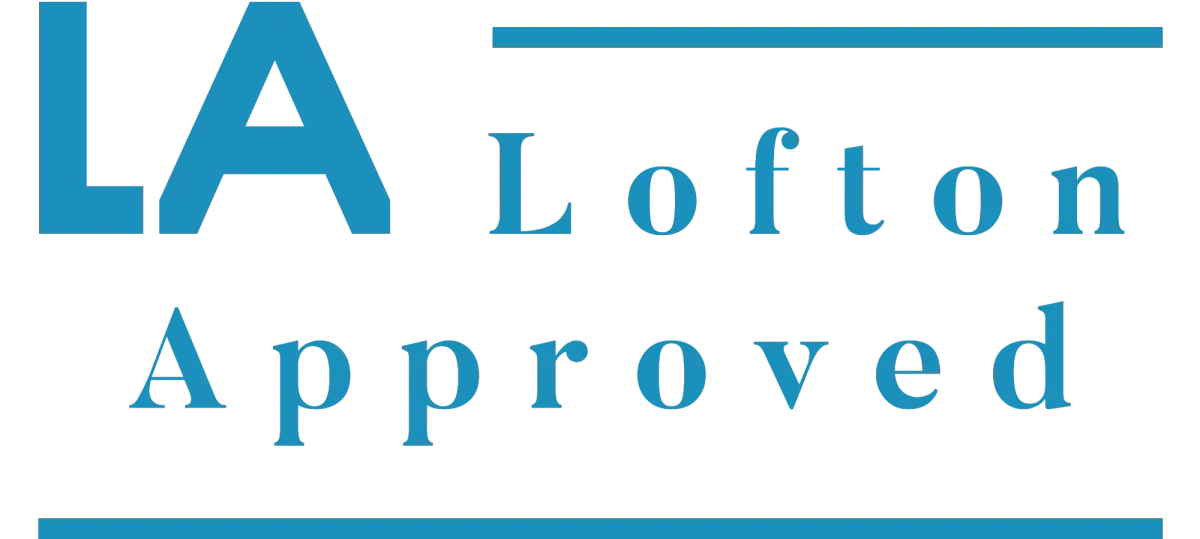Are You Ready
to Lead Like a CEO?
Or Are You Still Managing Like a Middle Manager?
Here's something nobody tells you about becoming a CEO: the skills that got you here won't get you there. I learned this the hard way after making every executive mistake in the book. Let me save you from making the same ones.

Are You Ready
to Lead Like a CEO?

Or Are You Still Managing
Like a Middle Manager?
Here's something nobody tells you about becoming a CEO: the skills that got you here won't get you there. I learned this the hard way after making every executive mistake in the book. Let me save you from making the same ones.
Why Smart, Successful Leaders Still Struggle
Step #1
Why do you feel like you're drowning in decisions that only you can make?

Because you're still thinking like a manager instead of leading like an executive. Managers solve problems. Executives build systems that prevent problems.
Step #2
Why does every 'urgent' issue seem to require your immediate attention?

Because your team hasn't been developed to make executive-level decisions. They're waiting for you to think for them instead of thinking with you.
Step #3
Why do you work longer hours than when you were an individual contributor?

Because nobody taught you the difference between being responsible for everything and being responsible for the systems that handle everything.
The transition from manager to executive isn't about working harder or being smarter. It's about thinking differently, leading differently, and building differently.
I've Made Every Executive Mistake You're About to Make

The Learning Curve
When I stepped into my first C-suite role, I thought my middle management experience had prepared me. I was wrong. Dead wrong.
I spent my first six months trying to manage everything instead of leading anything. I was in every meeting, making every decision, and solving every problem. I thought that's what executives did.
The wake-up call came when my CFO asked me a question that changed everything: 'What happens to this company if you get hit by a bus tomorrow?' I realized that if the answer was 'it would fall apart,' then I wasn't leading—I was just managing from a corner office.
The Transformation
Learning to think like a CEO instead of act like a super-manager was the hardest professional transition I've ever made. It required unlearning everything I thought I knew about leadership and rebuilding my approach from the ground up.
But here's what I discovered: once you make that shift, everything changes. Your team starts making better decisions without you. Your stress decreases while your impact increases. Your business starts running on systems instead of your personal energy.
That's exactly why I can help you make this transition faster and with fewer painful mistakes. I've been where you are, made the errors you're about to make, and learned the lessons you need to learn.
I've Made Every Executive Mistake You're About to Make

The Learning Curve
When I stepped into my first C-suite role, I thought my middle management experience had prepared me. I was wrong. Dead wrong.
I spent my first six months trying to manage everything instead of leading anything. I was in every meeting, making every decision, and solving every problem. I thought that's what executives did.
The wake-up call came when my CFO asked me a question that changed everything: 'What happens to this company if you get hit by a bus tomorrow?' I realized that if the answer was 'it would fall apart,' then I wasn't leading—I was just managing from a corner office.
The Transformation
Learning to think like a CEO instead of act like a super-manager was the hardest professional transition I've ever made. It required unlearning everything I thought I knew about leadership and rebuilding my approach from the ground up.
But here's what I discovered: once you make that shift, everything changes. Your team starts making better decisions without you. Your stress decreases while your impact increases. Your business starts running on systems instead of your personal energy.
That's exactly why I can help you make this transition faster and with fewer painful mistakes. I've been where you are, made the errors you're about to make, and learned the lessons you need to learn.
What Real Executive Coaching Actually Addresses
From Tactical Problem-Solving to Strategic Vision Creation
Most new executives spend their time solving today's problems instead of preventing tomorrow's challenges. We develop your ability to think three moves ahead, anticipate market shifts, and create compelling visions that align your entire organization.
What This Looks Like:
Instead of asking 'How do we fix this problem?' you'll start asking 'What systems can we build so this problem never happens again?' Instead of reacting to market changes, you'll be anticipating and preparing for them.
From Managing People to Inspiring Leadership
Executive presence isn't about being the smartest person in the room—it's about being the person who brings out the best thinking in everyone else. We develop your ability to command respect without demanding it, influence without authority, and inspire action through authentic leadership.
What This Includes:
Board presentation skills, stakeholder communication, crisis leadership, media relations, and the art of saying 'no' strategically.
From Gut Instinct to Strategic Decision Frameworks
Executive decisions have consequences that ripple through entire organizations. We develop systematic approaches to complex decision-making that account for multiple stakeholders, unintended consequences, and long-term strategic impact.
Real-World Application:
How to make million-dollar decisions with incomplete information, when to trust your instincts vs. data, and how to communicate decisions in ways that build confidence rather than create anxiety.
From Managing Direct Reports to Building Executive Teams
Your success as a CEO depends entirely on your ability to build and lead other leaders. We focus on developing your skills in recruiting A-level talent, creating accountability without micromanagement, and building a leadership team that can execute your vision without constant oversight.
Key Focus Areas:
Executive hiring and onboarding, leadership team dynamics, succession planning, and creating a culture of accountability and innovation.
The Executive Development Process: How We Build CEO-Level Leaders
Phase 1:
The Executive Assessment
We start with a comprehensive assessment of your current leadership effectiveness, decision-making patterns, and executive presence. This isn't a personality test—it's a real-world evaluation of how you currently show up as a leader and what specific areas need development.
Includes:
360-degree leadership feedback, decision-making analysis, communication effectiveness review, and strategic thinking assessment.
Phase 2:
Executive Strategy Development
Together, we create your personalized executive development plan. This isn't generic leadership advice—it's a specific roadmap for developing the exact skills you need to excel in your unique role and industry context
Deliverables:
Personal leadership charter, communication protocols, decision-making frameworks, and 90-day executive development plan.
Phase 3:
Real-World Implementation
This is where the real development happens. Through regular one-on-one sessions, we work on actual challenges you're facing in real-time. When you're dealing with a difficult board situation, a challenging team dynamic, or a complex strategic decision, we use those situations as development opportunities.
Format:
Bi-weekly 90-minute sessions, emergency consultation access, and real-time feedback on executive decisions."
Phase 4:
Executive Mastery
As your executive skills mature, our focus shifts to advanced leadership challenges: succession planning, organizational transformation, industry leadership, and building your legacy as a business leader.
Advanced Topics:
Thought leadership development, board relations, investor communications, and strategic partnership development.
Why Executive Coaching is Different from Regular Business Coaching
Regular Business Coaching
Focus on operational improvements
Tactical problem-solving
Individual skill development
Short-term results orientation
General business advice
Executive Coaching
Focus on strategic leadership
Systematic thinking development
Organizational impact creation
Long-term transformation focus
Role-specific, high-stakes guidance
Executive coaching addresses the unique challenges that come with being responsible for entire organizations, making decisions that affect hundreds of people, and thinking in timescales that extend far beyond quarterly results
Executive Coaching Investment: What It Costs and What It's Worth
Executive coaching is an investment in your leadership effectiveness and your organization's future. The average executive coaching engagement is dependant on where your business is currently and where you want your business to be, in terms of growth, expansion, and profitability.
But here's how to think about it: What's the cost of making one major strategic mistake?
What's the value of reducing your stress while increasing your impact?
What's it worth to build a leadership team that can execute your vision without constant oversight?
Our executive coaching clients report an average ROI of 7:1, with most seeing measurable improvements in leadership effectiveness within 90 days.
Frequently Asked Questions
What is executive coaching, and how does it work?
Executive coaching is a structured process where a coach works one-on-one with leaders to strengthen decision-making, leadership presence, and strategic impact. Sessions focus on real challenges you face and provide actionable tools, not just theory.
Who is executive coaching best suited for?
Executive coaching is designed for CEOs, founders, senior executives, and high-potential leaders preparing for bigger roles. It’s especially valuable if you feel stuck, overwhelmed, or want to scale your leadership without burning out.
How long does an executive coaching engagement usually last?
Most coaching programs last between 6 to 12 months, depending on your goals and the scope of work. Many clients begin seeing measurable results—like improved leadership effectiveness—within the first 90 days.
What kinds of results can I expect from executive coaching?
Our clients often see outcomes such as improved team performance, reduced stress, stronger executive presence, higher profitability, and greater confidence in leading at scale. On average, clients report a 7:1 return on investment.
How is your coaching approach different from traditional leadership training?
Unlike generic workshops or advice-only programs, our method blends assessment, strategy, and real-world application. We tailor the process to your unique role, and every session addresses live business challenges to ensure measurable progress.
Is executive coaching confidential?
Yes. All sessions are private and fully confidential. This creates a safe space for you to explore challenges, test new approaches, and develop without concern about internal judgment.
How do I know if executive coaching is right for me?
If you’re working long hours, stuck in day-to-day operations, struggling with leadership team alignment, or preparing for a new executive role, coaching can provide the clarity, systems, and accountability you need to succeed.
Are You Ready to Lead Like the CEO Your Company Needs?
You can keep managing like a high-level individual contributor, or you can learn to lead like the executive your organization needs you to be. The choice is yours, but the cost of staying where you are gets higher every day.
Complimentary Executive Assessment to identify your biggest leadership development opportunities.
Are You Ready to Lead Like the CEO Your Company Needs?
You can keep managing like a high-level individual contributor, or you can learn to lead like the executive your organization needs you to be. The choice is yours, but the cost of staying where you are gets higher every day.
Complimentary Executive Assessment to identify your biggest leadership development opportunities.
Coppyright 2025 | Privacy Policy | Terms & Conditions | Cookie Policy






